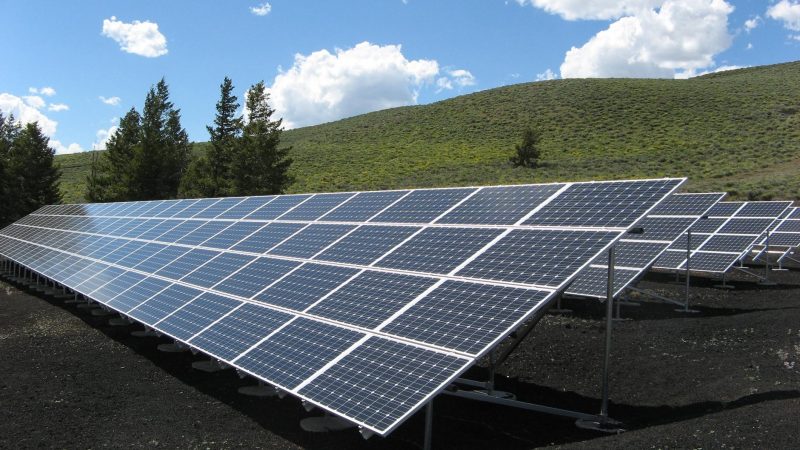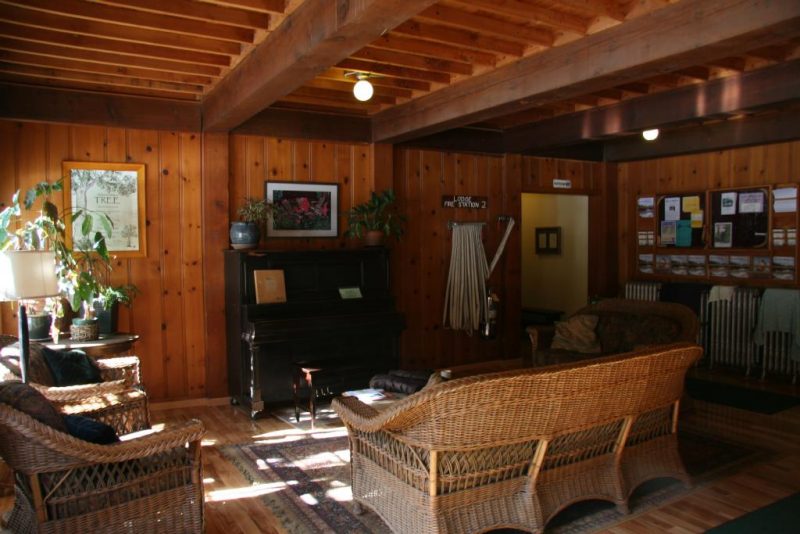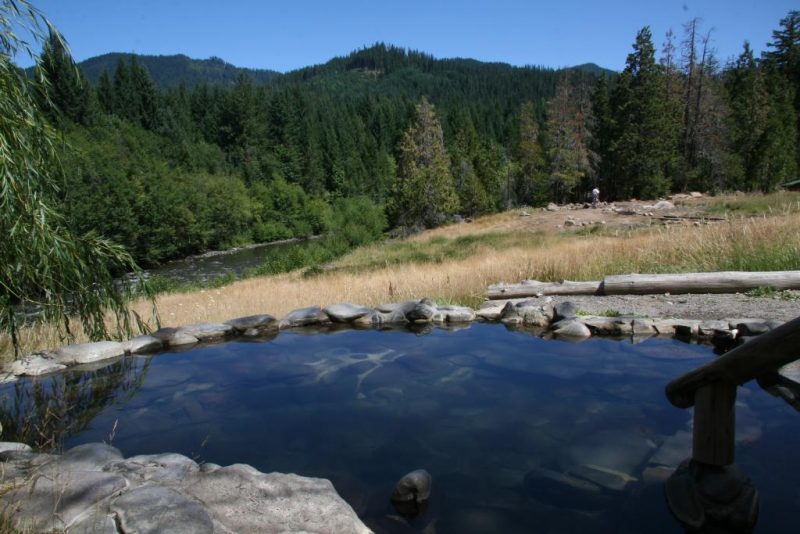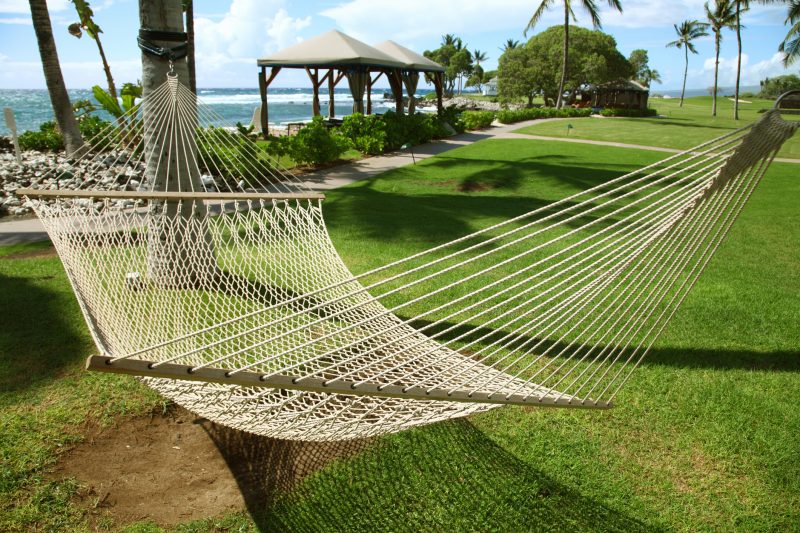Want to Live Off-Grid? Try These Communities All Over the United States

Many people fantasize about living off-grid for various reasons. For some, it’s a way to escape the demands of an increasingly connected and stressful modern life.
For others, it’s a way to reduce their carbon footprint or their impact on the environment in general. Others are survivalists who want to be self-sufficient and prepared for anything and everything.

Whatever your reason, there are some factors to consider when choosing to live off-grid.
Some states have laws and regulations governing whether or not you can opt out of being connected to the grid or what size your house must be if you want to be unconnected. Some states even limit your ability to collect rainwater.
According to Backdoor Survival, considering road access is an often overlooked but important factor. At some point you will have to leave, and this is much easier to do if you have a relatively well-maintained road leading to and from your property.
Furthermore, climate and weather need to be thought of as it is going to be more challenging to power a home with solar panels if the weather is frequently cloudy. Ways to stay cool or warm will also need to be considered based on the seasons.

Although it is possible to go it alone, setting up an off-grid home can often be very costly and complicated initially. It can also be an immense amount of work to sustain an off-grid lifestyle.
One solution to these issues is to join a community of like-minded people who can help you navigate the state’s regulations as well as help you out in general when you need it and share the workload.
Check out these communities in states all over the country – there are options for individuals as well as very communal options.
Oregon
Oregon has many off-grid communities. For those looking for something a bit less communal, the Three Rivers Recreation Area contains over 500 off-grid vacation homes ranging from basic tents, trailers, and cabins to more recently-built multi-million dollar mansions containing every modern luxury.
According to the New York Times, about 85 of the property owners are full-time residents. There is no telephone service, water, or power so residents must generate their own power and collect their own water.
The Seattle Times reports that there is a beach on nearby Lake Billy Chinook, a marina, an airstrip, and many hiking and ATV trails, so there are lots of options for all different types of outdoor recreation.

A more communal option is Breitenbush Hot Springs, where approximately 85 full-time staff live and work at a sustainable worker-owned cooperative.
Breitenbush, originally a hot springs resort built in the 1920s, is now a retreat and conference center that hosts personal and collective workshops and other events with the aim of helping those who attend to feel a sense of renewal.
According to the Breitenbush website, the community serves 20,000 guests yearly.

The permanent staff share bathroom and cooking facilities, generate electricity from the nearby river, and use geothermal wells to heat the buildings.
Although communal living comes with its own set of unique challenges, it can also foster a strong sense of community and shared vision that is difficult to find otherwise.
Missouri
At the Dancing Rabbit Ecovillage in Missouri, there are approximately 60 residents committed to living sustainably on 280 acres of land.
According to Dancing Rabbit’s website, members use renewable energy, limit energy consumption, and compost food scraps and human waste.
They also grow large amounts of their own food and plant native trees and grasses to help restore the local ecology. Residents live in a village where they collaborate with a Land Use Committee to build homes in line with the shared vision of the community as well as what each family wants.
Conflict resolution and a shared sense of togetherness are crucial to the Dancing Rabbit Ecovillage; so before a permanent residency can be established, there is a trial period so that both sides can see if it’s a good fit.

Washington State
Although the regulations in many counties in Washington State can make it challenging to live off-grid, at the Cascade River Park it is made relatively easy.
The Cascade River Community Club, of which all who own a lot in the park are members, maintains roads, picnic areas, a security guard, and a water system for all residents in the park, which contains about 485 lots of varying sizes.
Although the fact that there is a water system means that the area is not necessarily fully off-grid, residents must maintain their own energy supplies and build or bring their own homes, which allows them to customize their lot to meet their wants and needs.
The park calls itself the “Shangri-La of the Mountains” because of the idyllic scenery and seclusion.
Because the elevation is only around 500 feet, the winters are not as harsh as they are in other parts of the mountains and, according to the Cascade River Park website, approximately 10 percent of the residents live there full-time.
Hawaii

If living in an ocean paradise has always appealed to you, it’s still possible to do so while living off-grid.
Asanté Gardens is an ecovillage located on the Big Island of Hawaii and contains an organic farm and many fruit trees, according to their website.
Residents who fit in well with the community can be accepted after a trial period and are given a living space as well as access to the communal spaces.

For those who want to live more independently and have some extra cash, a developer is planning to build 410 off-grid homes also on the Big Island.
According to Off-Grid World, these homes will come with 25 solar panels and will be connected to a community “micro-grid” that can provide a small amount of backup power.
The developer is also planning to build a water filtration system. However, the cost of these already-built homes will start at about three-quarters of a million dollars, which might be a barrier for some.
Whichever climate and landscape is your preference, there are options all over the United States for off-grid living depending on how much you can afford and depending on how communal you wish your living situation to be.
All that is left is for you to go visit a few and pick your favorite!
